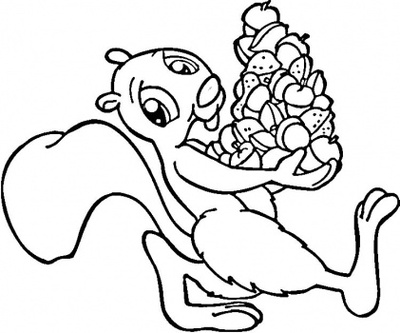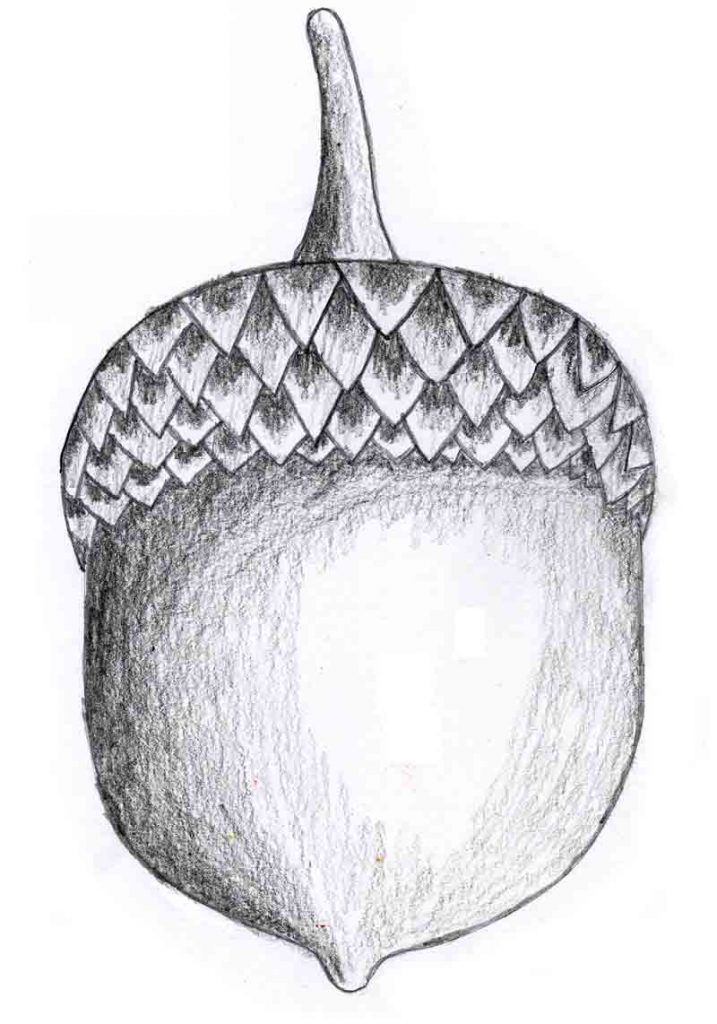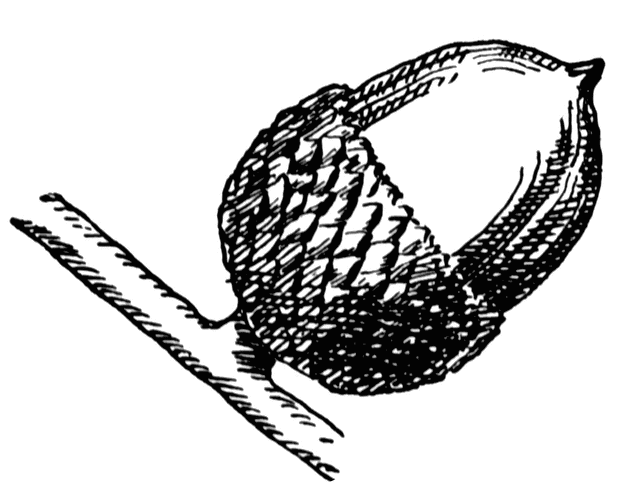

Just for that, I’ll give you a little no-obligations prezzy. Sorry to be such a nag about German details. That has one additional, different vowel ä for testing purposes.

Once again, Oxford UP has proved itself the leader in English lexicography, and it will be a long time before speakers of other languages have anything remotely similar to this arweorþlic/reverend/canonizable work of scholarship.Įmpty, perhaps you mean Eichkatzenschwänze, the plural. Yes, it costs $400 (though Amazon has it for a mere $316.00!), so most people will probably consult it at the library, but hey, it’s a lot less than the OED itself, and it did take 44 years to complete. I’ve only scratched the surface (there are more tidbits here-the word immediately has 265 synonyms!), and I’m sure I’ll be discovering more and quoting from it many times in the years to come, but I hope I’ve given some idea of what a valuable and enjoyable work this is.

And that’s followed by 01.02.07.07 “Nation/nations,” which starts with general terms (“National of a country,” “Compatriot,” etc.) and proceeds to specific nations, from “British” and “English” ( Angelcynn OE to Percy 1932 ) to “South American.” And after that comes 01.02.08.01 “Food”… (The Loucheux were first mentioned in 1828.) And glancing around, I realized that the 01.02.07.07 section, “People,” was a thorough cataloguing, by region, of every ethnic group that had occurred in English texts, from “Nomads” and “Person of mythical race” ( pygmy, Cimmerian, Yahoo, etc.) through general terms for persons of specified races (under “White person” are long knife, Pakeha, whitefellow, leucoderm, and jumble, among many others), to specific groups (the only other words ever used for Basques are Baskle 1330 and Euskarian 1864-1883). It turned out to be under 01.02.07.07.48.08 (n.), Peoples of British Columbia/Alberta/Alaska, along with Carrier 1793-, Beaver 1891-, Slave/Slavey/Slavi 1801-, Takulli 1820-, and over a dozen other ethnonyms, ending with Snohomish 1910. “What on earth is that?” I asked myself, and turned to Volume I to find out.

Flipping through Volume II, my eye was caught by Loucheux. Until now, you would have had to ask a medievalist now you look up squirrel and are directed to 01.02.06.20.05.08 (n.), Order Rodentia/rodent, where under subentry 03, family Sciuridae/squirrel, you discover that what they used to say was aquerne, from Old English acweorna.Īnd what if you want to know in general what words were available in a given period? OUPblog has a cute piece by Ammon Shea called “Rewriting The Gettysburg Address” in which he chooses four words from Lincoln’s speech and asks “What options would you have to replace these words with synonyms if you were using the HTOED, as opposed to if you were using an online thesaurus?” But aside from a stunt like that, any historical novelist who cares about linguistic accuracy must have struggled with this if your novel is set in the 1820s, how can you be sure you’re using vocabulary appropriate to the time and not introducing anachronisms? Now you can find out.Īnd you never know what you’re going to find just browsing through it. Let’s say you look up squirrel in the OED and discover it entered English in the 14th century (Chaucer: “And of squyrels ful great plente”) it’s from Old French esquireul, from a diminutive form of a Latin borrowing of Greek skiouros ‘shadowtail.’ All very well, but then it occurs to you to wonder what they called the creature before they borrowed the French word. Eventually I got the hang of it, and I’m here to tell you about it.
#Squirrel mowing acorn drawing how to
Well, to be more specific, I spent some time circling warily around it, admiring its two dark blue volumes in their classy slipcase (the whole thing weighing almost 15 pounds) after a while I opened it at random and stared in awe at the many columns of small type (not small enough to require a magnifying glass, I hasten to add) finally I started actually figuring out how to use it, looking up words in Volume II, the index, and finding them in various sections of Volume I, the thesaurus proper. The excellent folk at OUP sent me their latest magnum opus, the Historical Thesaurus of the Oxford English Dictionary, and I’ve been marveling at it for the last month.


 0 kommentar(er)
0 kommentar(er)
